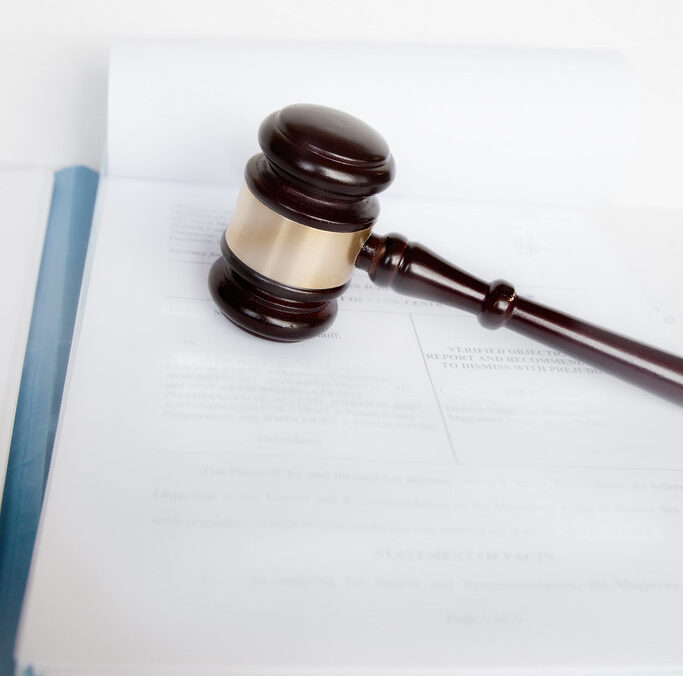Key Takeaways
- The Federal Reserve cut its benchmark rate by a quarter point to 3.75–4%, marking its second cut this year.
- The move aims to ease a slowing job market and rising inflation.
- Critics blame the economy’s troubles on tariffs, health insurance hikes, and government shutdown fallout.
- This interest rate cut could lower borrowing costs for loans and credit cards.
- The Fed said future cuts depend on how jobs and inflation evolve.
The Fed surprised many by cutting rates a second time this year. In simple terms, it made borrowing slightly cheaper. Yet, prices still rise, and jobs are not growing as fast. Politicians and experts offer clashing views on why the economy struggles. At the same time, families worry about bills, health insurance, and looming recessions. Below, you’ll find clear explanations of what the Fed did, why it matters, and how it might affect you.
Understanding the Interest Rate Cut
An interest rate cut lowers the cost banks pay to borrow money from each other. They set the federal funds rate range between 3.75% and 4%. Because of the cut, banks can offer cheaper loans and credit cards. Conversely, savers may earn less interest on deposits. Ultimately, the Fed hopes to boost spending, investing, and hiring.
Why the Fed Cut Rates
The Fed’s main goal is to keep prices stable and jobs plentiful. However, this year job gains have slowed, and unemployment ticked up. Meanwhile, inflation moved higher than the Fed’s target. Therefore, officials decided an interest rate cut could help. They cited a “softening labor market” and “somewhat elevated” inflation. Yet, they warned that another rate cut in December is not guaranteed.
Political Reactions to the Rate Cut
Many critics pointed at the president’s policies. They argued tariff hikes are raising prices on goods. They also noted that stalled paychecks, lost food aid, and rising health premiums scream trouble. One former Obama official said that Americans are out of options. A top House Democrat called the cut a warning sign about a faltering economy. Both urged action to protect working families.
How the Rate Cut Affects You
First, your mortgage or car loan might get slightly cheaper. If you have a variable-rate loan, your monthly payment could drop. Also, credit card rates may ease, making debt cheaper. On the flip side, your savings account might earn less interest. If you plan to save for college or emergencies, returns may shrink. Moreover, businesses may borrow more to expand, leading to new jobs down the line.
Consumers react in two ways. Some feel richer when borrowing costs fall. They may buy big-ticket items or travel more. However, others fear the cut signals a weak economy. They might save more and spend less. As a result, retailers and service providers could see mixed effects.
What Might Happen Next
The Fed made clear that future moves depend on data. If jobs slip and inflation stays high, another rate cut could follow. Yet, if the economy rebounds, rates may hold steady or even rise. That uncertainty means markets will watch every jobs report and price index. Likewise, consumers and businesses will adjust plans based on those signals.
Meanwhile, a key Fed governor fights a legal battle over her seat. The president tried to oust her, and the case heads to the Supreme Court. If political pressure shapes Fed decisions, rate policy could shift unpredictably. Investors and families will watch for signs of undue influence.
Tips to Navigate the Rate Cut
• Compare loan offers. If you need credit, shop around for the best rate.
• Review your budget. Cheaper debt could free up cash for savings or bills.
• Check your savings options. High-yield accounts may still beat traditional bank rates.
• Track job and inflation news. Knowing economic trends helps you plan ahead.
• Avoid impulsive spending. Rate cuts do not guarantee a strong recovery.
Final Thoughts
In short, the Federal Reserve’s interest rate cut aims to steady a slowing economy. It offers relief for borrowers but poses challenges for savers. Political debates will intensify as critics link the move to tariff policies and premium hikes. Ultimately, how you feel the impact depends on your loans, savings, and spending habits. Stay informed, compare options, and adjust your financial plan as data unfolds.
FAQs
What Is an Interest Rate Cut?
An interest rate cut happens when the Federal Reserve lowers its benchmark rate. This makes bank loans cheaper and influences many other borrowing costs.
How Will the Rate Cut Affect My Loan?
If you have a variable-rate loan, your payments may drop. Fixed-rate loans stay the same, but new loan offers could carry lower rates.
Will There Be More Rate Cuts Soon?
The Fed left that decision open. Future cuts depend on job growth and inflation trends in coming months.
How Can I Protect My Savings?
Look for high-yield savings accounts or short-term certificates. Shop around online to find rates above typical bank offerings.

